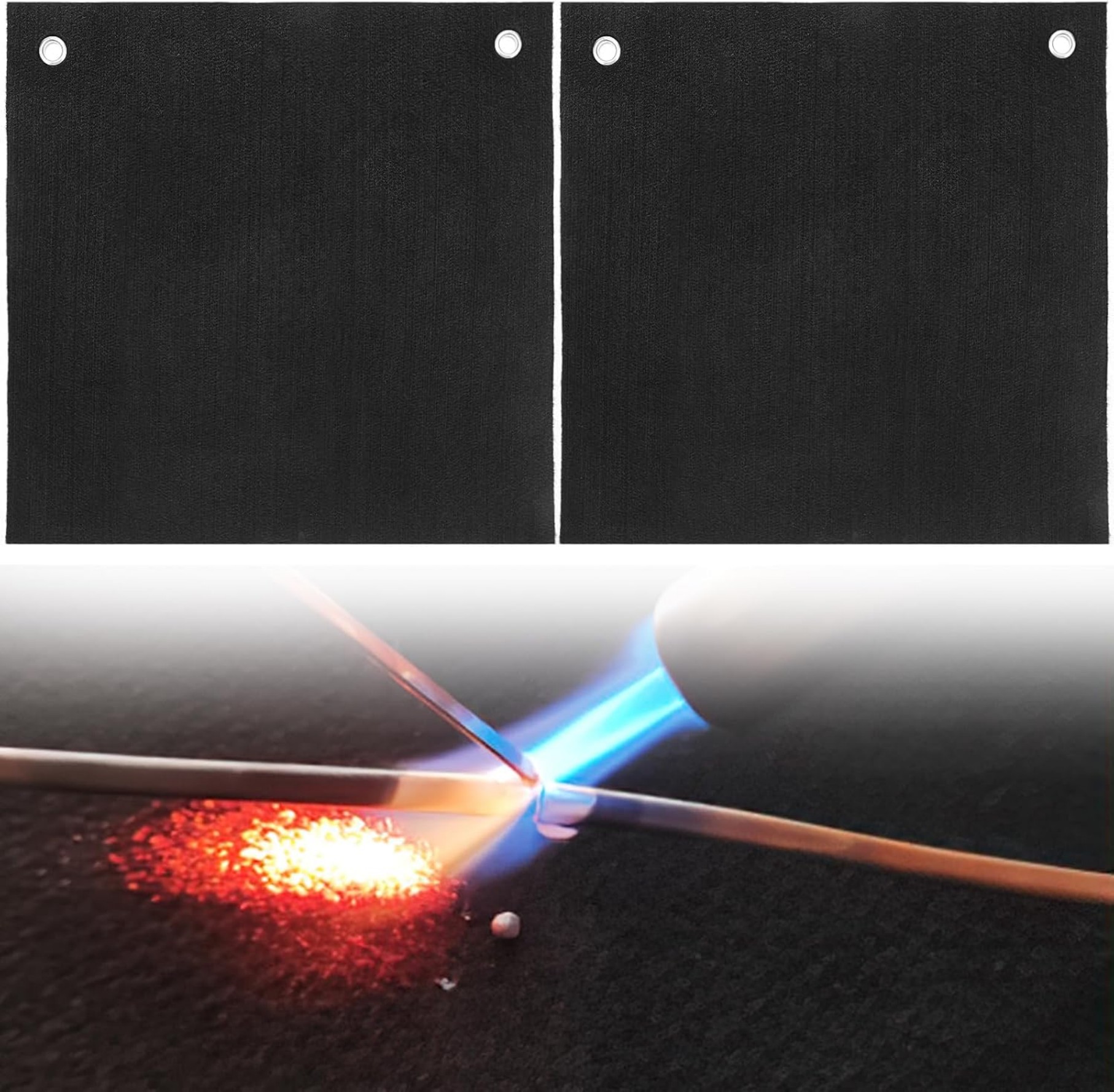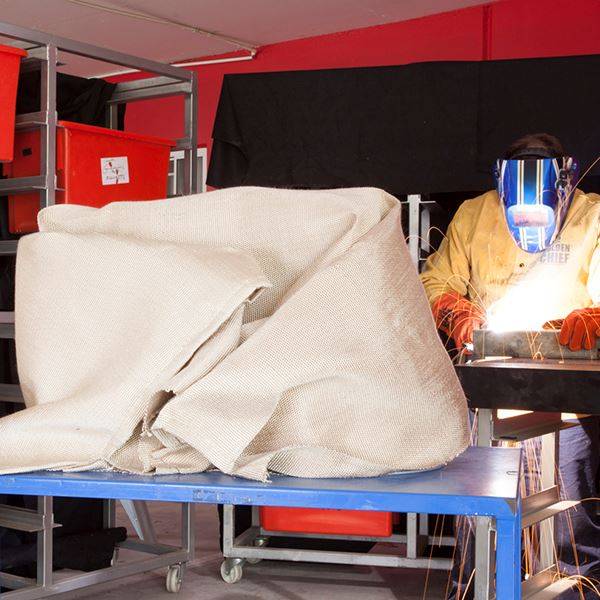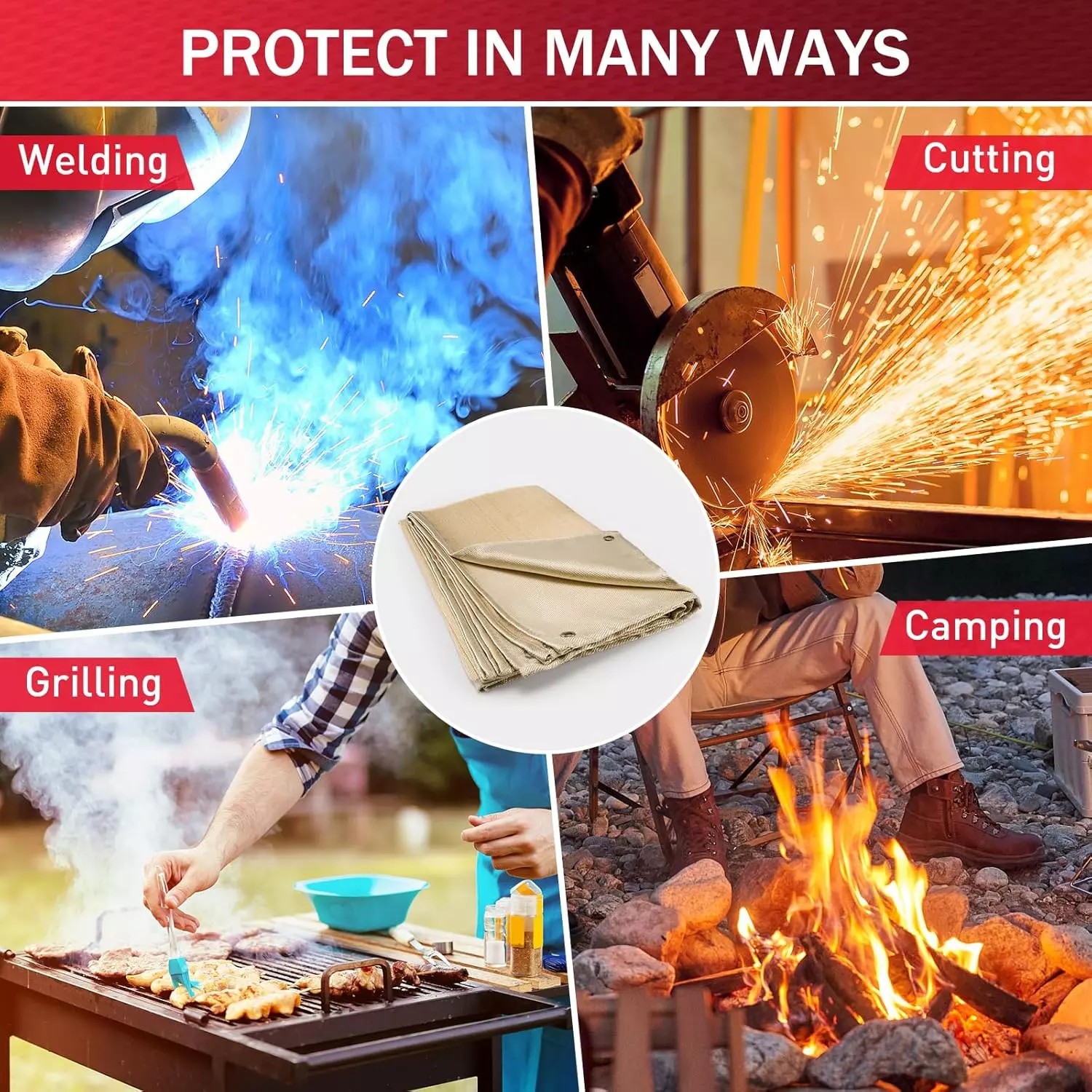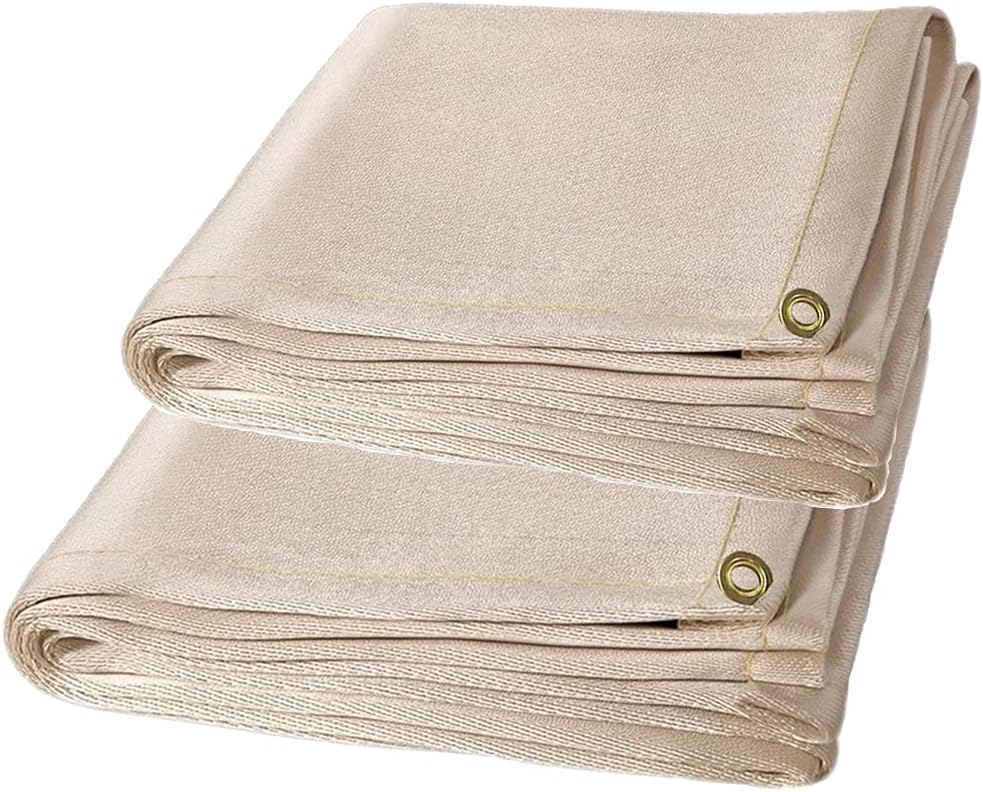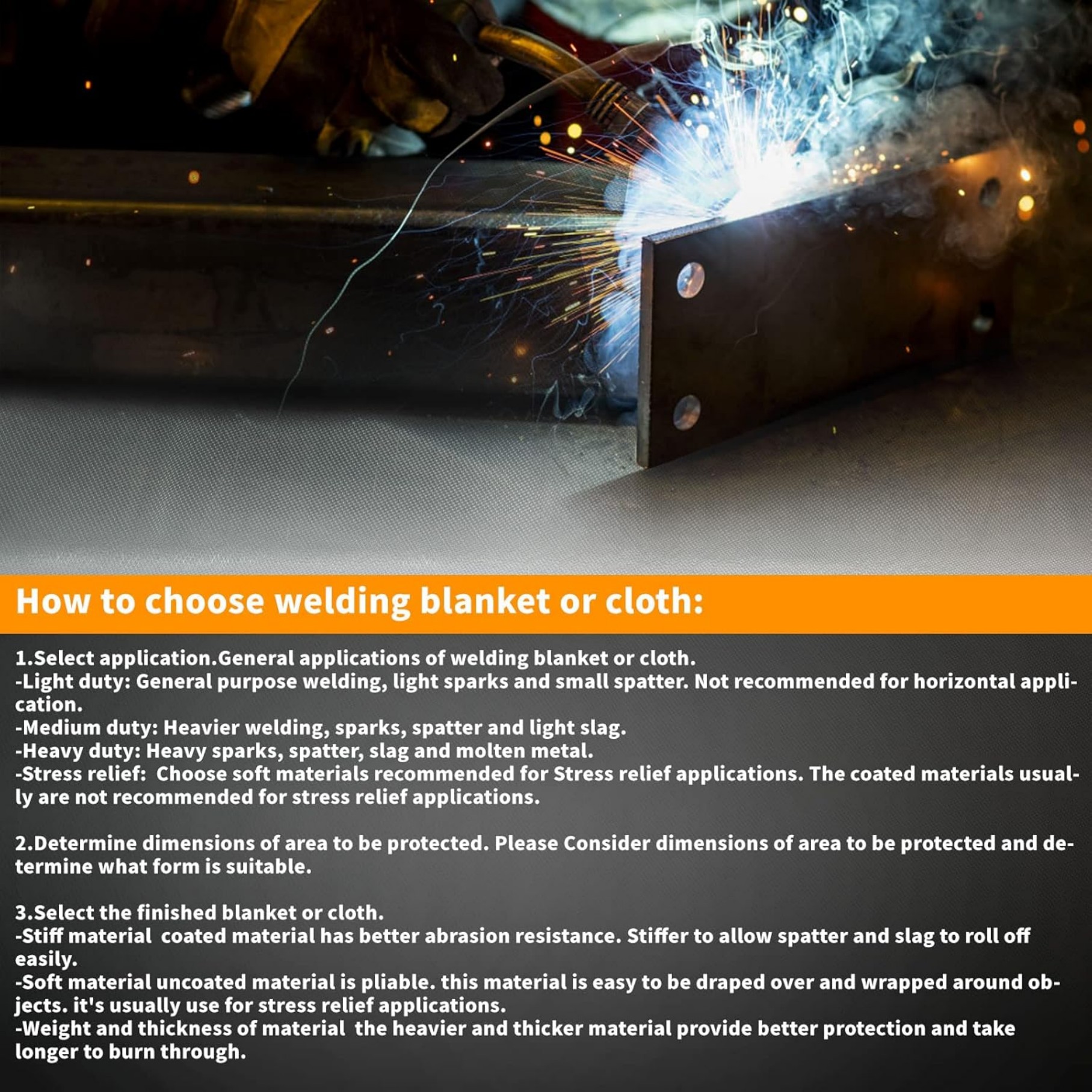How to Use a Welding Blanket as Sound Deadening Material
Welding blankets can effectively reduce noise when used as sound deadening material. This guide explains how they work, proper installation methods, and compares them to traditional acoustic solutions.
Why Welding Blankets Work for Sound Control
Welding blankets make surprisingly good sound deadening material because of their dense fiberglass construction. The tightly woven fibers absorb sound vibrations rather than transmitting them. While not designed specifically for acoustics, their properties naturally dampen noise:
- High-density material blocks sound waves
- Flexible layers absorb vibrations
- Heat-resistant fibers add mass for better damping
- Porous structure helps break up sound reflections
For industrial settings or DIY projects where proper acoustic panels aren't available, a welding blanket as sound deadening provides an affordable alternative.
Proper Installation Techniques
To maximize effectiveness when using a welding blanket as sound deadening:
- Layer multiple blankets for increased density
- Secure tightly to prevent vibration (use grommets or clamps)
- Combine with other materials like mass-loaded vinyl
- Cover as much surface area as possible
- Seal edges to prevent sound leakage
The best results come when you treat the welding blanket like professional acoustic material - proper installation matters more than the material itself.
Applications Where Welding Blankets Excel
These situations work particularly well for welding blanket sound deadening:
- Temporary sound barriers in workshops
- Machine enclosures for loud equipment
- Automotive soundproofing (trunk, firewall)
- Industrial partitions between work areas
- DIY recording booth walls
In high-heat environments where traditional acoustic foam would melt, welding blankets perform double duty as both heat protection and noise reduction.
Limitations to Consider
While useful, welding blankets as sound deadening have some drawbacks:
- Not as effective as purpose-made acoustic materials
- Can shed fibers (wear protective gear during installation)
- Heavier than acoustic foam panels
- May require more layers for equivalent performance
- Limited aesthetic appeal for residential use
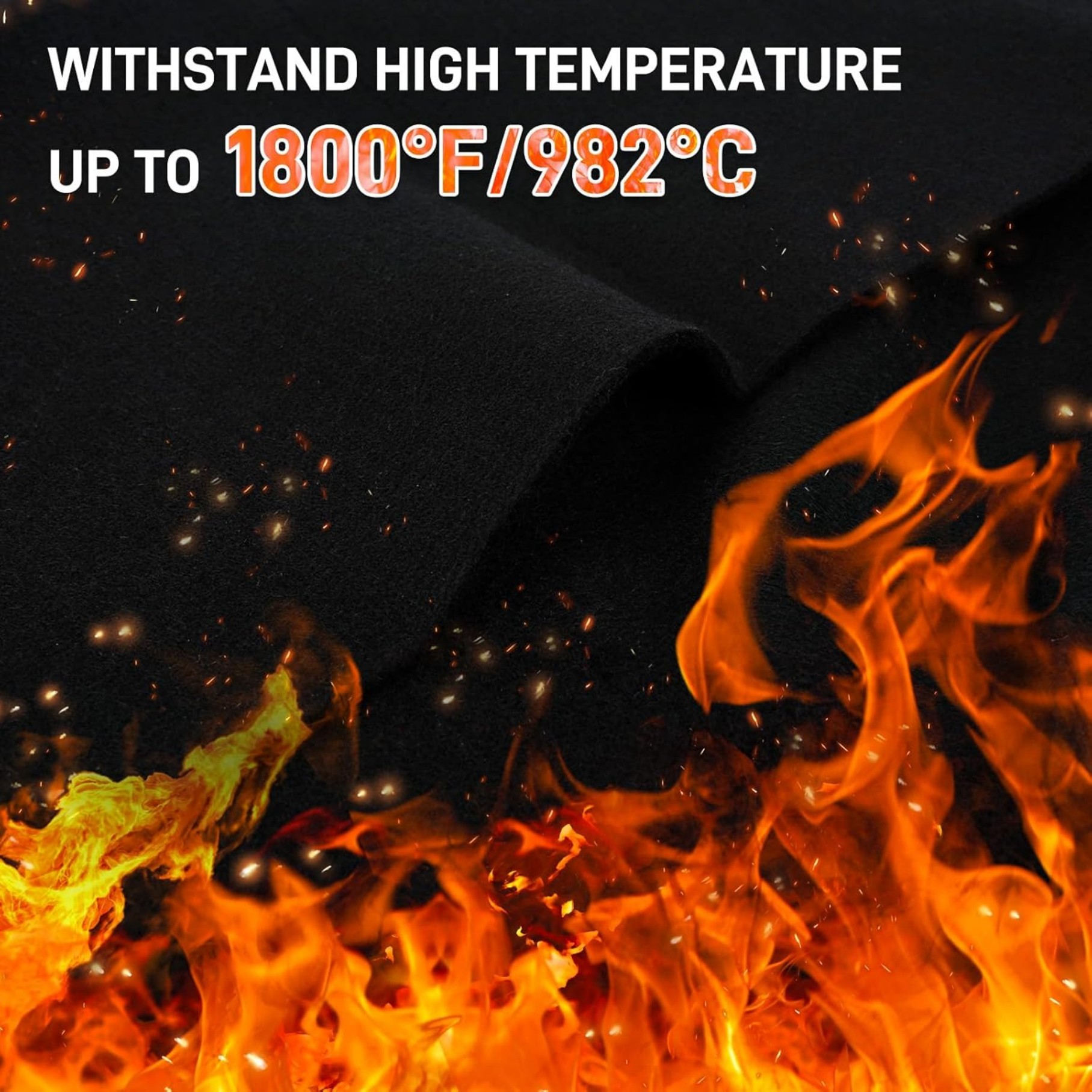
For permanent installations or critical applications, professional soundproofing materials will outperform welding blankets.
Comparing Welding Blankets to Traditional Materials
When deciding between a welding blanket as sound deadening versus commercial products:
| Feature | Welding Blanket | Acoustic Foam | Mass-Loaded Vinyl |
|---|---|---|---|
| Cost | Low | Medium | High |
| Heat Resistance | Excellent | Poor | Good |
| Noise Reduction | Moderate | Good | Excellent |
| Installation Ease | Easy | Very Easy | Moderate |
The welding blanket offers the best value when you need both heat protection and decent sound reduction on a budget.
Maintenance and Safety
When using welding blankets as sound deadening:
- Inspect regularly for tears or loose fibers
- Wear gloves during handling to prevent irritation
- Clean with compressed air (not water)
- Replace when material becomes compacted
- Ensure proper ventilation in enclosed spaces
With proper care, a welding blanket sound deadening solution can last years while maintaining effectiveness.
Conclusion
A welding blanket as sound deadening provides a practical, cost-effective solution for many noise reduction needs. While not perfect, its unique combination of properties makes it particularly valuable in industrial and workshop environments where both heat and noise are concerns.


